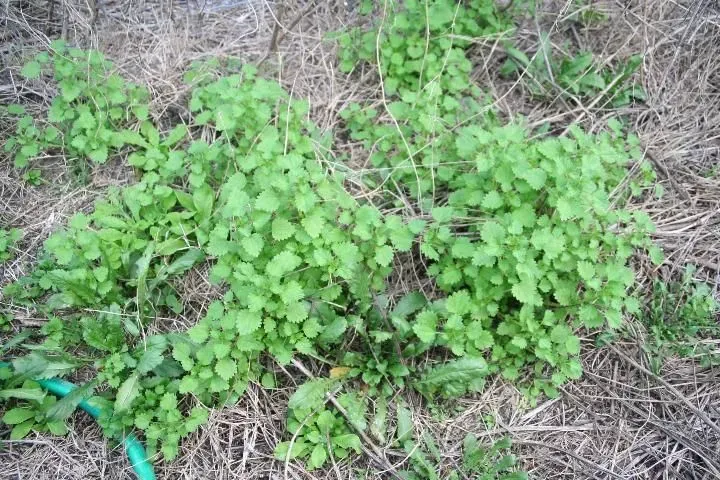March 17, 2024
Florida, known for its sunny weather and lush landscapes, offers a unique environment for gardening and landscaping. However, the state's climate can also present challenges for maintaining vibrant outdoor spaces. In recent years, there has been a growing movement towards "Florida Friendly" landscaping techniques – methods that not only enhance the beauty of your surroundings but also promote sustainability and conserve precious natural resources. Understanding Florida's Climate Before diving into Florida Friendly landscaping techniques, it's essential to grasp the distinct climate of the region. Florida experiences hot and humid summers, mild winters, and often heavy rainfall, particularly during the summer months. These conditions can influence plant selection, watering schedules, and overall garden maintenance practices. Key Principles of Florida Friendly Landscaping Water Conservation: Given Florida's frequent rainfall coupled with periods of drought, efficient water usage is paramount. Incorporating drought-tolerant plants, installing rain barrels or cisterns, and utilizing drip irrigation systems can help minimize water waste while keeping landscapes thriving. Native Plants: Choosing native plants adapted to Florida's climate not only ensures they can withstand the weather conditions but also supports local ecosystems. Native plants typically require less water, fertilizer, and pesticides compared to exotic species, making them a sustainable choice for landscaping projects. Soil Health: Healthy soil is the foundation of a flourishing landscape. Testing soil quality and incorporating organic matter such as compost can improve nutrient levels and water retention, reducing the need for synthetic fertilizers and enhancing plant resilience. Right Plant, Right Place: Selecting plants suited to their specific growing conditions – including sunlight exposure, soil type, and moisture levels – is essential for their long-term success. Proper placement can minimize maintenance requirements and promote healthy growth. Wildlife Habitat: Creating habitats for native wildlife enhances biodiversity and contributes to a thriving ecosystem. Incorporating elements such as bird feeders, butterfly gardens, and pollinator-friendly plants not only adds aesthetic appeal but also supports local fauna. Practical Tips for Florida Friendly Landscaping Xeriscaping: Embracing xeriscaping principles – which focus on low-water landscaping – can significantly reduce water consumption while maintaining attractive outdoor spaces. Incorporate drought-tolerant plants, mulch beds to retain moisture, and group plants with similar water needs together. Integrated Pest Management (IPM): Implementing IPM strategies reduces reliance on chemical pesticides by emphasizing preventive measures and natural pest control methods. This approach minimizes environmental impact while effectively managing garden pests. Rainwater Harvesting: Capture rainwater from rooftops and paved surfaces using rain barrels or underground cisterns. This harvested water can then be used for irrigation, reducing reliance on municipal water sources and lowering utility costs. Permeable Surfaces: Utilize permeable paving materials such as gravel, permeable concrete, or porous pavers for driveways, pathways, and patios. These surfaces allow rainwater to infiltrate the soil, reducing runoff and replenishing groundwater supplies. Mulching: Apply organic mulch, such as pine straw or wood chips, around plants to conserve soil moisture, suppress weeds, and improve soil structure. Mulching also helps regulate soil temperature, protecting plant roots from extreme heat or cold.



















